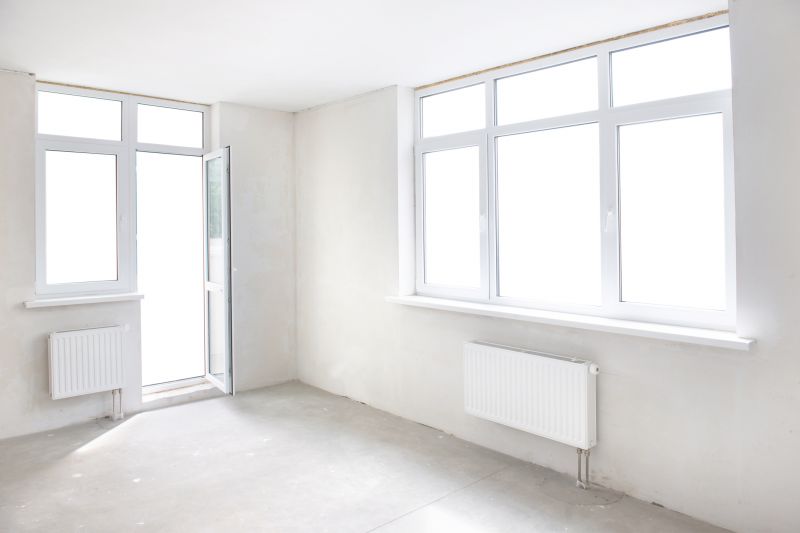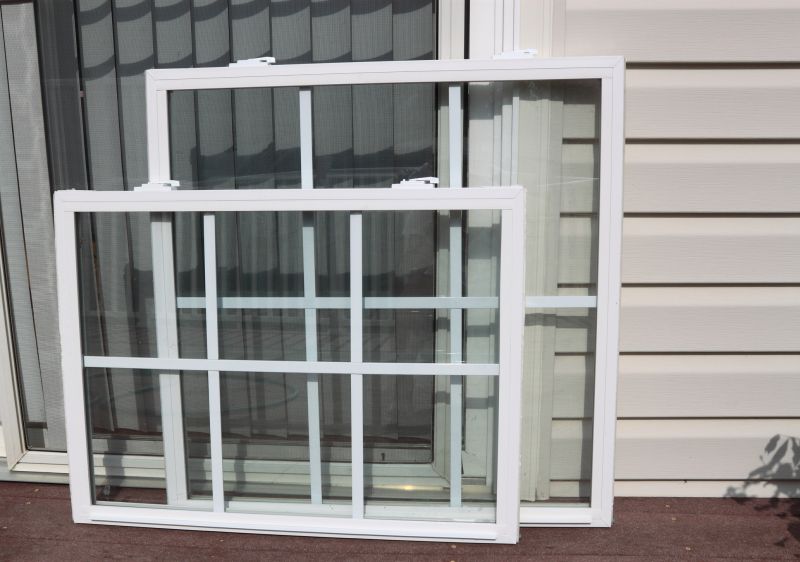Optimal Timing for Windows Installations
Choosing the right time for Windows installations can impact the efficiency and success of the process. Factors such as system readiness, workload cycles, and seasonal considerations play a role in determining the ideal period for upgrading or installing Windows operating systems.

Spring offers moderate temperatures and longer daylight hours, making it a convenient time for system upgrades.

Summer may pose challenges due to higher temperatures and potential scheduling conflicts with vacations.

Fall provides a stable environment before the holiday season, ideal for completing installations.

Ways to make Windows Installations work in tight or awkward layouts.

Popular materials for Windows Installations and why they hold up over time.

Simple add-ons that improve Windows Installations without blowing the budget.

High-end options that actually feel worth it for Windows Installations.

Finishes and colors that play nicely with Windows Installations.
Fall and spring are generally preferred for Windows installations due to moderate weather and lower workload demands.
Timing installations during low business activity periods minimizes disruption and downtime.
Ensuring backups and system readiness before scheduled installations reduces risks and delays.
Assessing hardware compatibility and software requirements prior to installation is essential for success.
| Factor | Recommendation |
|---|---|
| Weather Conditions | Schedule during moderate weather to avoid disruptions |
| Business Activity | Choose periods of low activity to minimize impact |
| System Readiness | Ensure hardware and software are prepared beforehand |
| User Availability | Plan when users are available for testing and adjustments |
| Seasonal Trends | Spring and fall are typically optimal for installations |
Windows installations are a critical component of maintaining system security and performance. Proper timing ensures minimal disruption and maximizes the effectiveness of updates. Regularly scheduled upgrades can improve system stability, enhance security features, and support new software functionalities.

The process involves preparing the system, backing up data, and executing the upgrade with minimal downtime.

Timely updates help prevent security vulnerabilities and improve system efficiency.

Scheduling conflicts and hardware compatibility are typical issues during installations.

Verifying system stability and functionality after the upgrade is essential.

Little measurements that prevent headaches on Windows Installations day.

A 60-second routine that keeps Windows Installations looking new.

A frequent mistake in Windows Installations and how to dodge it.

Small tweaks to make Windows Installations safer and easier to use.
Understanding the optimal timing for Windows installations can lead to smoother upgrades and better system performance. Proper planning and execution are key to minimizing risks and ensuring that systems operate efficiently after updates.

Strategic planning ensures compatibility and readiness for installations.

Backing up data before installation safeguards against potential data loss.

Monitoring system performance after installation confirms success.

Lower-waste or water-saving choices for Windows Installations.

The short, realistic tool list for quality Windows Installations.

Rough timing from prep to clean-up for Windows Installations.

Quick checks and paperwork to keep after Windows Installations.

Examples that show the impact a good Windows Installations can make.
For those interested in scheduling Windows installations, filling out the contact form provides an opportunity to discuss optimal timing tailored to specific needs. Proper timing and preparation can ensure a seamless upgrade experience and improved system reliability.



